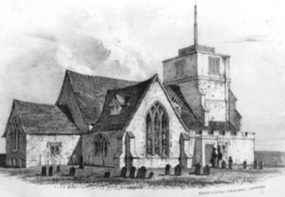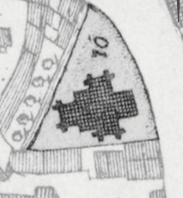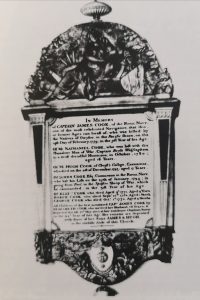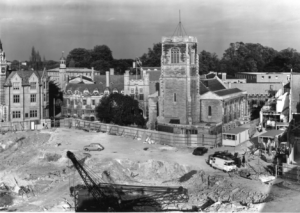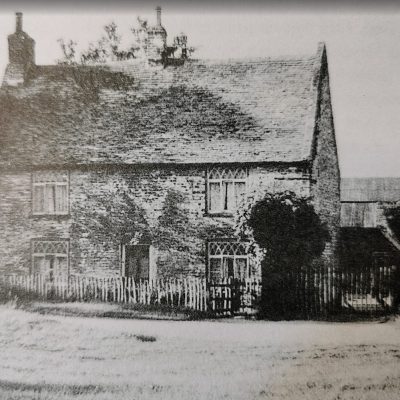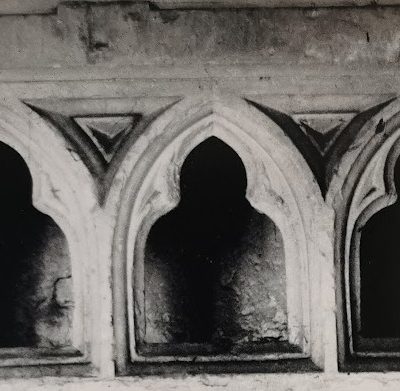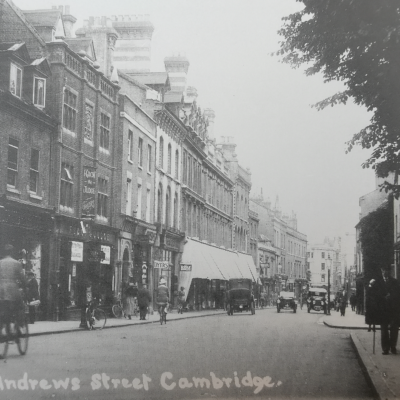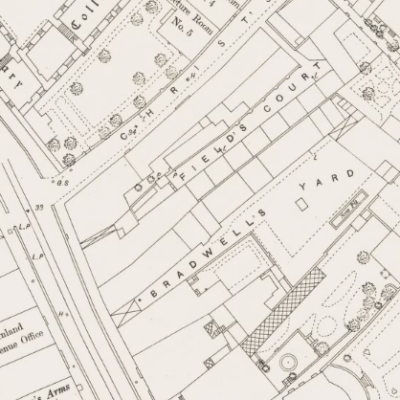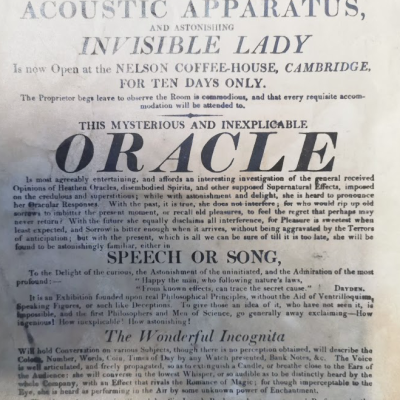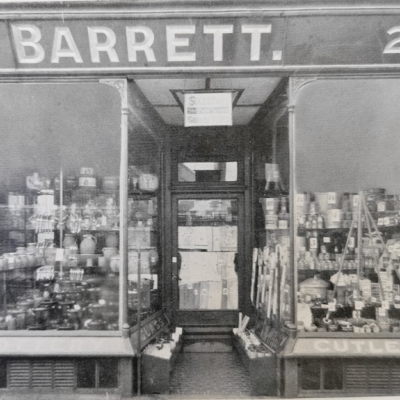Search by topic
- archaeology
- Building of Local Interest
- chapel
- charity
- church
- crime
- dressmaker
- fire
- Great Eastern Railway
- Listed building
- Mapping Relief
- medieval
- oral history
- poverty
- Public House
- Religious House
- Roman
- scholar
- school
- Then and Now
- tudor
- women
- work
- world war one
- world war two
Search by text
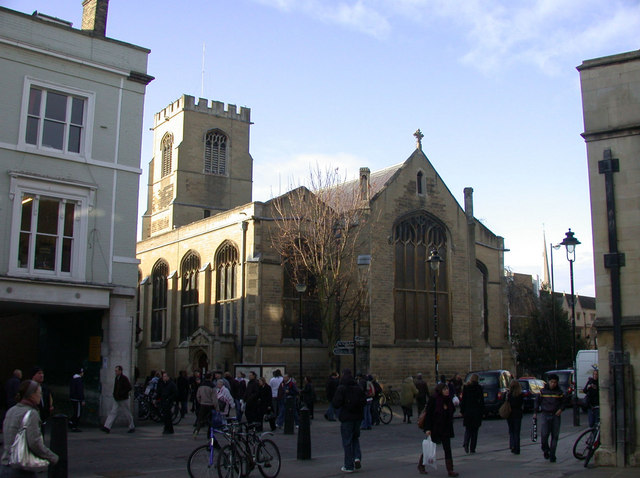 Cambridge, St Andrew the Great
Cambridge, St Andrew the GreatSt Andrew the Great
History of St Andrew the Great
General information on this church can be found on Wikipedia.
The Grand Arcade excavation report (2019) has an interesting history of St Andrew’s p359f. The original name of the church was St Andrew without Barnwell Gate; the parish lay both inside and outside the King’s Ditch and was founded mid-late eleventh century. By the C16th the church was in a ruinous state and was rebuilt in the 1660s. However the entire church was demolished in 1842 and the modern Neo-Gothic structure built. Burials ceased in 1857 and the church was declared redundant in 1984 before being revived as the Round Church at St Andrew in 1994.
1782
Hugh Cook, son of Captain James Cook, and a student at Christ’s College, died of scarlet fever and was buried in the old St Andrew’s church.
1835
Mrs Elizabeth Cook, widow of Captain James Cook died. There is a memorial erected by her bearing the name of her husband and of her six children who predeceased her. Mrs Cook had survived her husband by 56 years and the last of her children by 41 years. In her will Mrs Cook left £1,000 so that the memorial tablet and the family inscriptions, would be kept clean and undefaced.
In 2016 Janet Slade, retired art teacher and potter of Hinton Avenue, talked of her role in the campaign that kept St Andrew the Great from being closed:
Sources: interview
Contribute
Do you have any information about the people or places in this article? If so, then please let us know using the Contact page or by emailing capturingcambridge@
License
This work is licensed under CC BY-NC-SA 4.0





